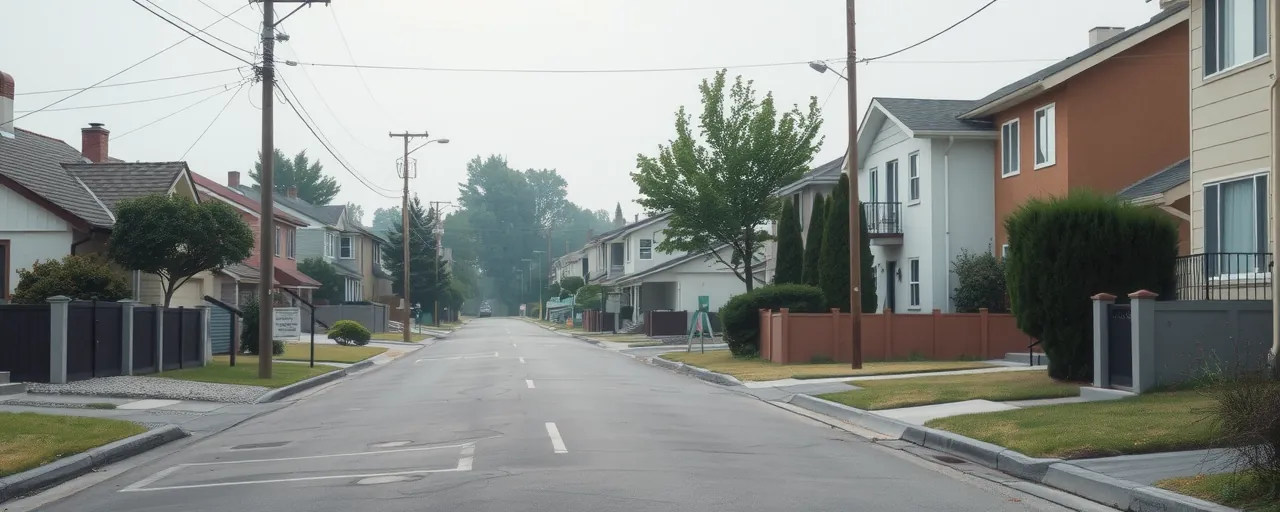A Worrisome Economic Signal
The U.S. economy is showing cracks. Apollo CEO Jay Clayton recently warned that the country could face two consecutive quarters of negative growth, a technical recession. This comes after a 0.3% annualized GDP contraction in the first quarter of 2025, driven by businesses stockpiling imports amid tariff hikes. For many Americans, the prospect of a downturn feels all too real as prices remain high and job security feels less certain.
Yet the picture is far from clear. While some indicators flash red, others hold steady. The labor market added 177,000 jobs in April, keeping unemployment at 4.2%. But consumer spending, the backbone of the economy, is softening. February 2025 saw a 3.4% drop in card transactions, with many households opting for cheaper brands. These mixed signals have sparked intense debate about what lies ahead.
What’s Driving the Slowdown?
Several forces are tugging at the economy. The Federal Reserve’s decision to raise interest rates to a 4.25%–4.50% range has made borrowing more expensive. Mortgage rates now hover at 6.7%, causing a nearly 10% drop in housing starts in January. Businesses, too, face higher lending costs, which have cooled investment in manufacturing and retail. These moves aim to tame inflation, which has fallen to 2.4% from a 2022 peak above 8%, but the lagged effects are pinching growth.
Global headwinds add pressure. The International Monetary Fund cut its 2025 global growth forecast to 2.8%, citing trade tensions and tariffs. In the U.S., a 14.5% average import duty rate has disrupted supply chains, raising costs for businesses and consumers. This contributed to the first-quarter contraction as companies rushed to import goods before new levies took effect. A weaker global economy also means less demand for U.S. exports, further clouding the outlook.
Domestic policy choices are another factor. The federal debt, now over $18 trillion, limits the government’s ability to respond with large-scale stimulus. Meanwhile, consumer sentiment remains subdued, with surveys showing rising inflation expectations and planned cutbacks in spending on electronics and apparel. These trends suggest caution is taking hold, a pattern often seen before broader economic trouble.
Differing Views on Solutions
Policymakers and economists are split on how to respond. Some, including fiscal conservatives, argue for immediate interest rate cuts to ease borrowing costs. They also call for rolling back pandemic-era spending to rebuild fiscal reserves and pursuing targeted trade deals to boost manufacturing without fueling inflation. These steps, they say, would stabilize markets and restore confidence without adding to the debt burden.
Others, including progressive economists, pin the slowdown on high tariffs and fiscal uncertainty. They advocate suspending tariffs with key trading partners to lower costs and boost demand. They also propose a multitrillion-dollar investment in infrastructure and clean energy, paired with tax credits to support middle-class households. Such measures, they argue, would strengthen manufacturing and shore up the expansion.
Both sides face hurdles. Rate cuts could reignite inflation, which remains above the Fed’s 2% target, especially with tariffs potentially pushing goods prices higher. Large-scale spending, meanwhile, risks ballooning the deficit further, a concern given already high debt levels. These debates highlight the delicate balance policymakers must strike.
What History Tells Us
Economic slowdowns are not new. The Great Recession of 2007–2009, triggered by a housing market collapse, saw U.S. GDP shrink by over 4%. Recovery was slow, hampered by weak global demand. More recently, the Fed’s aggressive rate hikes in 2022–2023 raised fears of a similar outcome, but resilient consumer spending and a strong job market helped avoid a full collapse. These episodes show that timely policy can make a difference, but missteps carry heavy costs.
Today’s challenges echo the past. High debt, trade disputes, and monetary tightening have historically preceded downturns. Yet the economy’s resilience, particularly in employment, offers hope. The question is whether current policies can navigate rising risks without triggering a deeper slump.
Looking Ahead
The road forward is uncertain. The IMF projects U.S. growth at 1.8% for 2025, but recession odds range from 27% (New York Fed) to 59% (prediction markets). Consumers are pulling back, businesses face higher costs, and global trade tensions show no signs of easing. Policymakers must weigh these risks against the economy’s underlying strengths, like a still-robust job market.
For everyday Americans, the stakes are tangible. A recession could mean job losses, tighter budgets, and delayed dreams. But proactive steps, whether through targeted trade relief or careful monetary adjustments, could steer the economy toward stability. The coming months will test the nation’s ability to adapt and respond.
